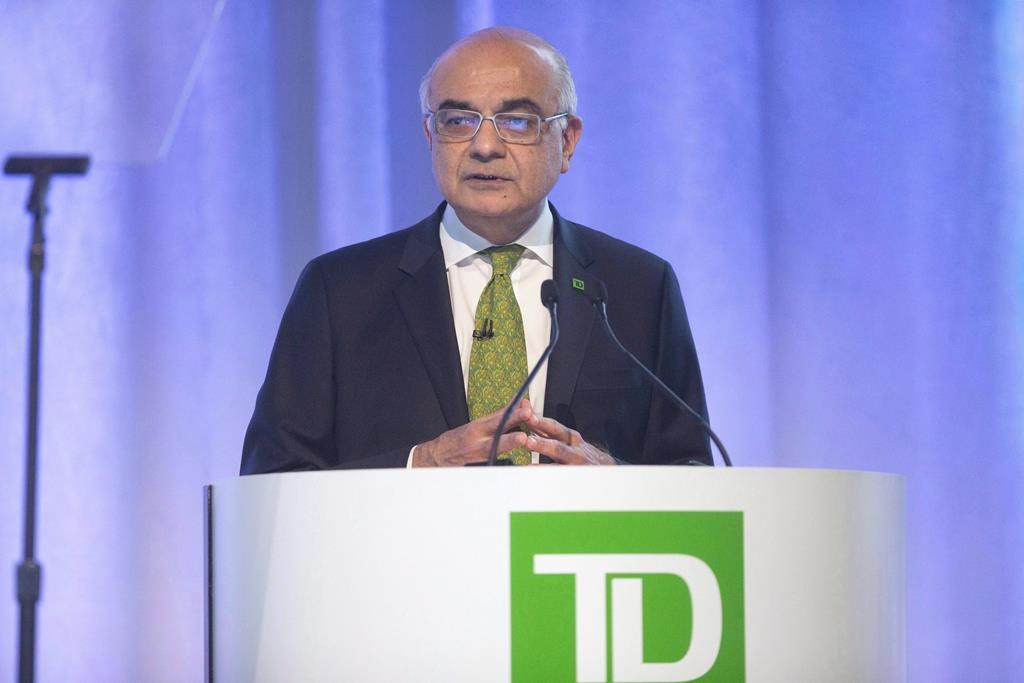
YNAB vs. Mint
Dean Drobot / Shutterstock
I told a friend about Mint recently and she did some research and came to the conclusion that she is a YNAB girl. I still have YNAB on my iPhone as an app (after all, it is a paid app instead of a free app like Mint.com) but to be honest, the last time I used it was a few years ago. This was secondary to my Quicken fail. I just don’t have the patience or diligence to enter my purchases in an app form.
According to Lifehacker, the most popular personal finance software is YNAB (but a landslide) with over 50% of respondents preferring YNAB. Mint comes in a close second, with almost 29% of respondents preferring Mint.com over other personal finance tracking apps.
In case you haven’t heard, YNAB is short for You Need A Budget. YNAB costs around $99 USD when you pay annually (last time I checked) but there’s also an a monthly option. I was a huge fan of it because it looked so pretty and appealing, but then I just got lazy and stopped using it.
Read our YNAB review.
For those who haven’t heard of Mint, I had a love-hate relationship with Mint. I hated how you had to enter personal financial institution information. In fact, I disliked this so much that I ended up cancelling mint and detailed my explanation in a witty post here explaining why I broke up with Mint.com. However, I ended up crawling back and restarting my relationship with Mint.com but in a modified way. I set boundaries. The only information that I have with Mint.com are my credit cards. It helps me track how much I have been spending in the month and I found that I couldn’t keep track without Mint.com. I am in a happy committed relationship with Mint.com now. If he cheats on me with my financial information, it is in a modified way and he only has access to my credit card information.
YNAB Pros
- It’s pretty
- There are no ads or notifications telling you that you should switch to this credit card to save $100
- More secure than Mint.com because it does not connect to your banking institution directly
- Increases awareness of where your money is going because you have to proactively do stuff in order to record things
- Free for the first 34 days
Mint.com Pros
- It’s free
- You don’t have to proactively input data into Mint.com, which works for those who are lazy or time-crunched or cannot be bothered to enter data right after purchasing something
- Good if you use credit cards for all of your purchases and can pay off your credit cards each month (because it can track your monthly spending since you spend most of your purchases on credit cards)
In summary, I think YNAB takes a more “proactive” approach and Mint.com takes a more “reactive” approach. I personally am a big fan of saving up your money ahead of time (e.g. moving that money out of your account on a monthly basis in an automatic paying yourself way) instead of budgeting everything and making myself feel bad for spending more in one category than another.
What I end up using is writing how much I spend down by hand in my daily calendar and using Mint to back that up. In addition, calculating my net worth updates (in a little net worth update journal and online here on this blog) regularly also helps keep me cognizant of where I need to save money and invest, and how my spending is affecting my net worth.
Or if you wanted, you could use both. Use YNAB for planning and use Mint.com as a backup in case you forget to record any purchases.
Everyone is different, what works for one person might not work for another. That’s probably why there are so many different personal finance software options out there.
Disclaimer
The content provided on Money.ca is information to help users become financially literate. It is neither tax nor legal advice, is not intended to be relied upon as a forecast, research or investment advice, and is not a recommendation, offer or solicitation to buy or sell any securities or to adopt any investment strategy. Tax, investment and all other decisions should be made, as appropriate, only with guidance from a qualified professional. We make no representation or warranty of any kind, either express or implied, with respect to the data provided, the timeliness thereof, the results to be obtained by the use thereof or any other matter.





